Iran’s presidential election will go to a runoff between an archconservative and a pro-reform candidate, the Ministry of Internal Affairs announced. Reformist candidate Masoud Pezeshkian received the highest number of votes, followed by hard-liner Saeed Jalili and parliamentary speaker Mohammad Bagher Ghalibaf. Friday’s election had a historically low turnout of just 40 percent due to an economic crisis and political repression. The runoff will be held on July the 5th. Pezeshkian’s place in the second round could mobilize pro-reform voters, although doubts remain about his ability to bring meaningful change.
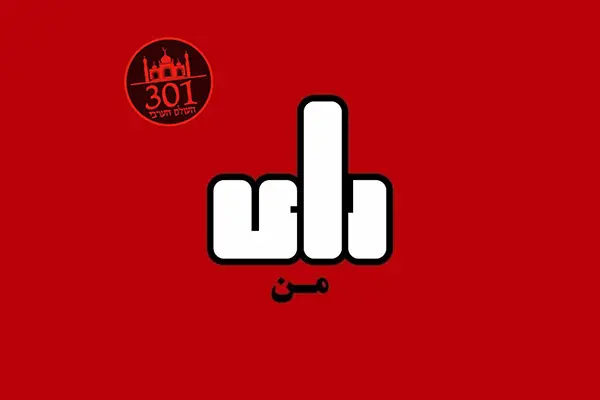
On the eve of the presidential elections in Iran, activists urge to ignore the fake electoral process.
The leaflet says “my choice” in Farsi, but in such a way that there should be no doubt or hesitation.
Ultimate authority in Iran resides with the supreme leader Ayatollah Ali Khamenei, nevertheless the president has influence over economic policy, moral codes, and diplomacy. Pezeshkian, a cardiac surgeon and lawmaker, supports engagement with the West and has criticized the enforcement of the dress code for women. However, he is seen as unlikely to directly oppose the supreme leader on substantive issues. Jalili, a staunch regime hard-liner and protégé of the supreme leader, holds positions that align with the ruling establishment, including permanent hostility towards the West and stricter dress codes for women.
On the economic front, Jalili and other hard-liners believe in a closed economy under their control, which can lead to corruption and a lack of societal participation. In a statement, Jalili described the elections as a manifestation of religious democracy and called on Iranians to actively participate in the runoff to confront major challenges.
High voter turnout is crucial for the regime’s legitimacy, and Khamenei urged the public to cast their ballots. Iran has 60 million eligible voters, but only 24 million participated in the election. Pezeshkian received 10.4 million votes, Jalili received 9.4 million, and Ghalibaf received 3 million. Conservative voters expressed anger towards Ghalibaf, accusing him of dividing the hard-line vote by not stepping down.
The president does have authority in setting social and economic policy, according to Abdul Alizadeh, the head of Pezeshkian’s campaign headquarters. He dismissed criticisms that the president holds no power and emphasized the importance of choosing the country’s future through the presidential election.
We also recommend reading:
An open-air jail, The Palestinian Problem, Why Has Hamas Become A Legitimate Force, Herta Muller — OPEN LETTER

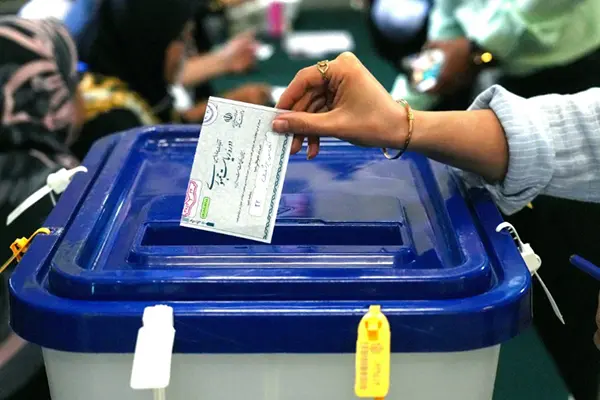
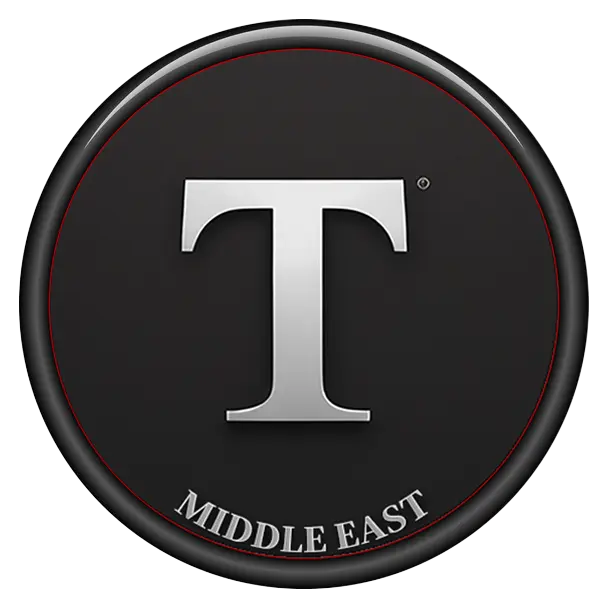


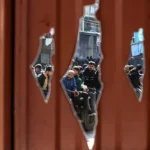

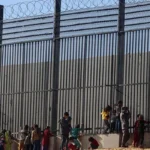
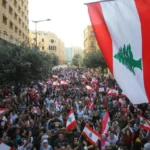
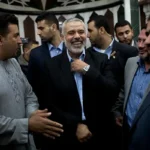
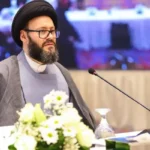
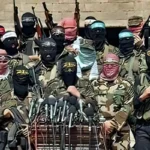
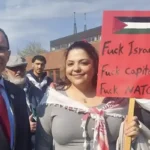


Leave a Reply